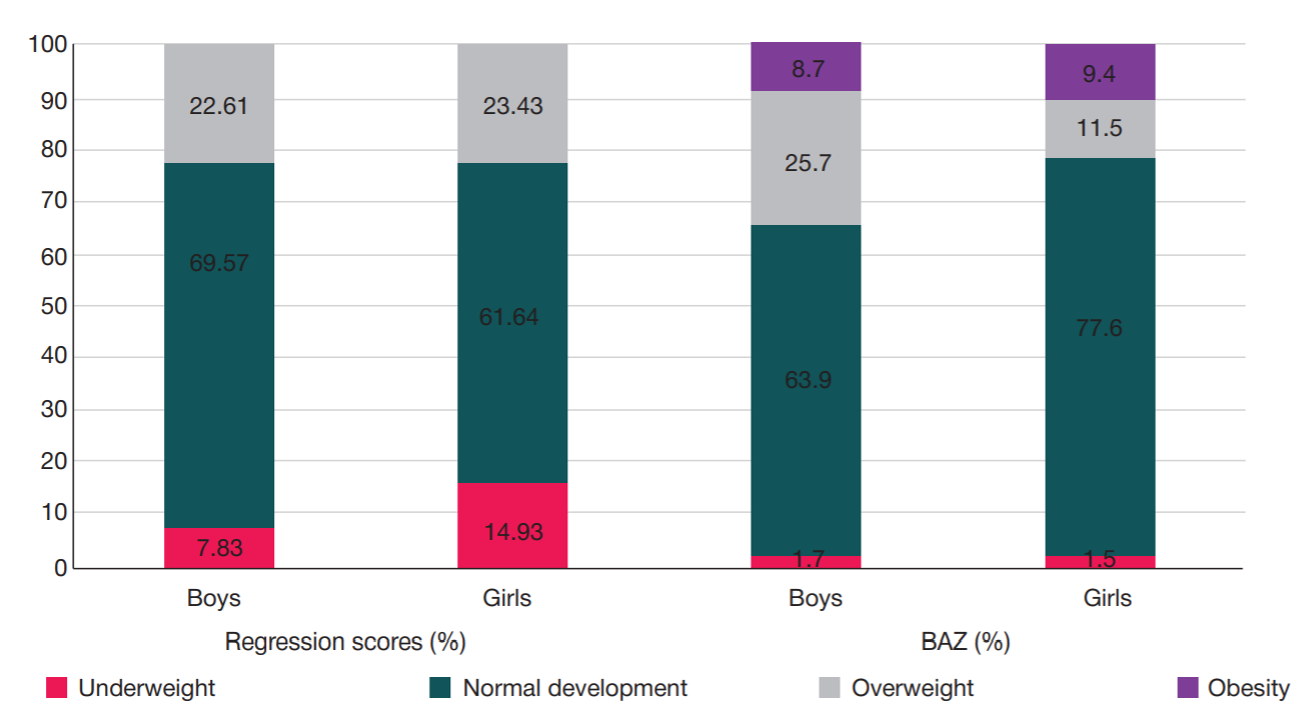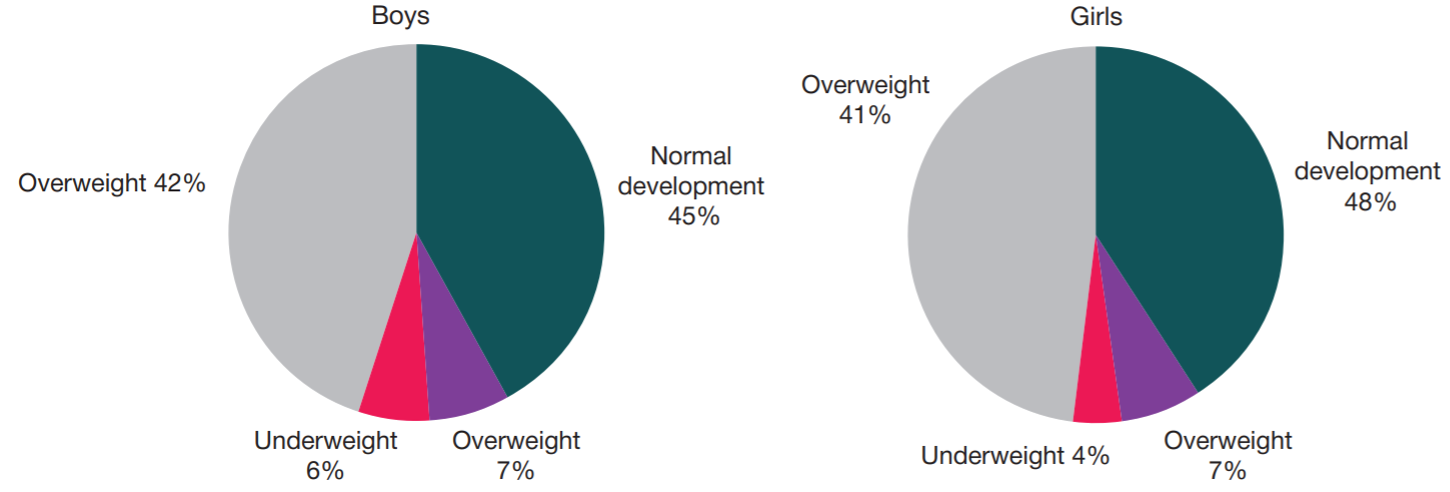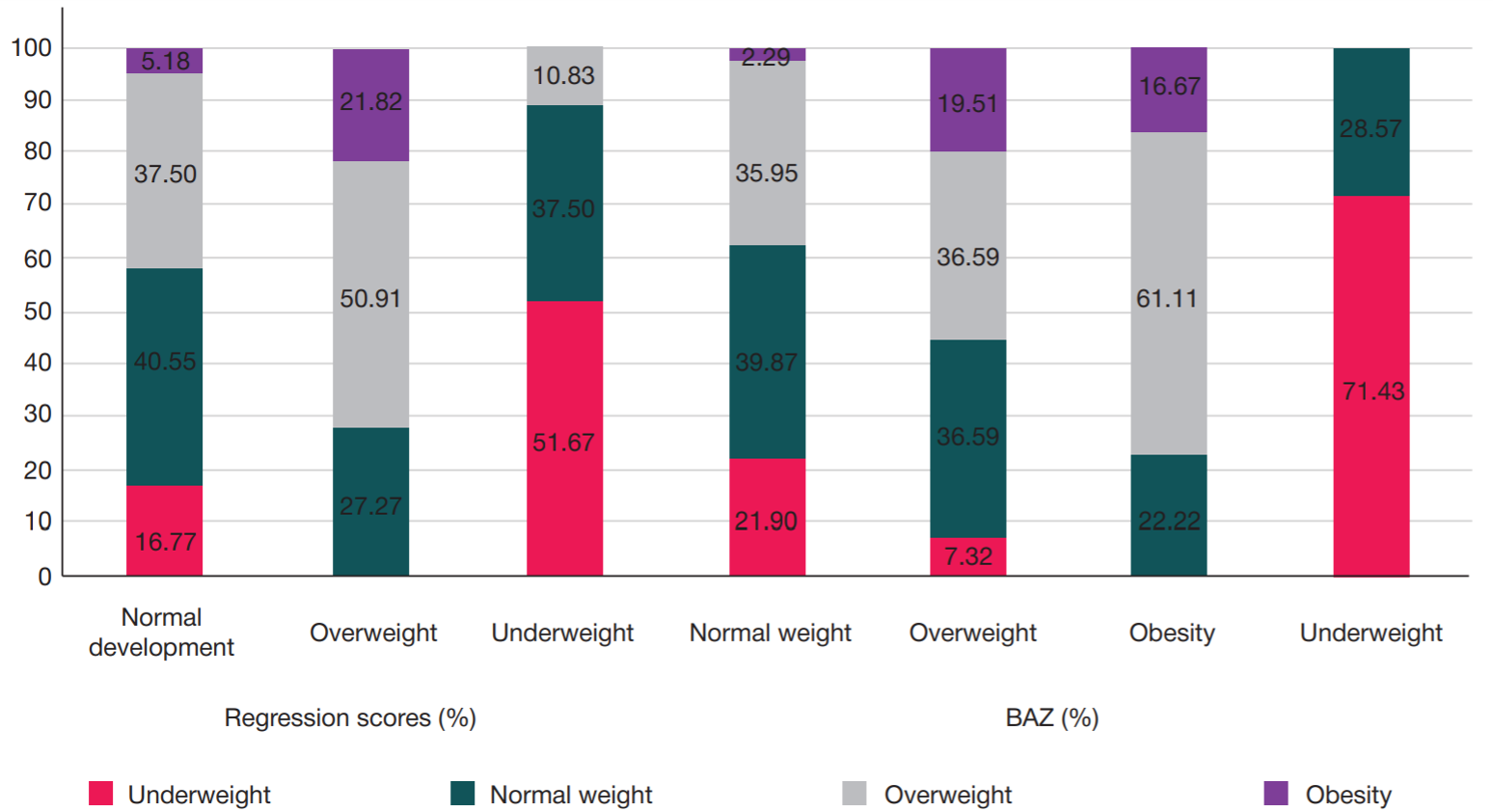
This article is an open access article distributed under the terms and conditions of the Creative Commons Attribution license (CC BY).
ORIGINAL RESEARCH
Bioimpedance analysis of body composition in the diagnosis of physical development disorders in children and adolescents
Samara State Medical University, Samara, Russia
Correspondence should be addressed: Mikhail Yu. Gavryushin
Chapayevskaya st. 89, Samara, 443099, Russia; ur.umsmas@nihsuyrvag.uy.m
Funding: the study was supported by the grant from the President of the Russian Federation (МК-5809.2021.3).
Author contribution: Gavryushin MYu — research initiator, design, data acquisition; Sazonova OV — scientific management; Gorbachev DO, Borodina LM — literature analysis, manuscript writing and editing; Frolova OV, Tupikova DS, Berezhnova OV — data acquisition, processing of the results; Trubetskaya SR — processing of the results, manuscript writing.
Compliance with ethical standards: the study was approved by the Ethics Committee of the Samara State Medical University (protocol № 2 dated February 24, 2021). The informed consent was obtained from all participants (their legal representatives).






